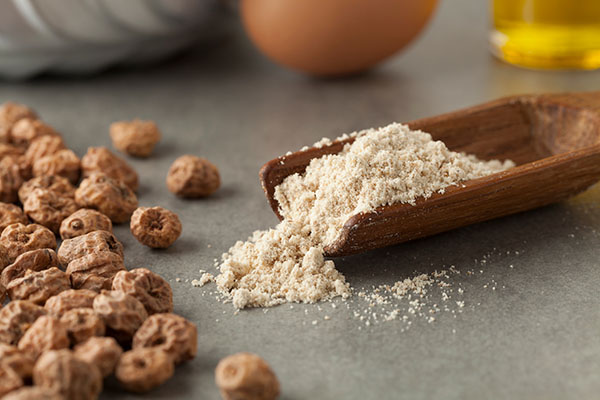
Advertisement
Oranges are one of the most nutritious fruits you can find. They are one of the most popular flavors in many beverages and desserts and a staple in kids’ lunchboxes, whether in the form of fruit or juice. But oranges are more than juices and pulps.
When you think of oranges, you think of vitamin C. The fruit is an excellent source of the important antioxidant (much like other citrus fruits). But did you know that other parts of an orange can offer several health benefits as well? In fact, each part of an orange can be used, from the peels to its scent.
Peels
The orange peel is the layer of fiber that encases the whole fruit. The peels can be grated for orange zest, but they are more commonly thrown away. Unknown to many, orange peels have four times the amount of fiber compared to pulps.
Here are some of the health benefits of orange peels:
- Contribute to better digestion — Orange peels contain anti-inflammatory properties which improve digestive and gastrointestinal problems, such as heartburn and diarrhea.
- Cure hangovers – Orange peels are a commonly used remedy for hangovers. Simply boil the peels in water for 15 to 20 minutes, drain the peels, and drink the orange-infused water.
- Treat bad breath – Chewing orange peels increases the production of saliva in the mouth. The citric acid in the peels also helps fight bacteria.
Pith
The pith is another part of an orange that is commonly removed. It is the white stringy layer found between the peels and the pulps. A common misconception is that the pith is bitter, when in fact, it is mostly tasteless. The pith contains as much nutrients as the rest of the orange, so it is best to consume it as well.
Check out the health benefits of the pith:
- High in fiber – The pith contains fiber which can help in lowering cholesterol levels.
- Contains flavonoids – Like the rest of the orange, the pith is a rich source of flavonoids, including hesperidin and naringenin. Hesperidin has anti-inflammatory properties while naringenin can potentially reduce rapid rises in blood sugar levels.
Pulps
The pulps are the thin membranes containing the juice of an orange. They comprise only a small part of the whole fruit, but the juice makes them look bigger. Some people do not like pulp, but orange pulps contain lots of healthy compounds which add nutritional value to the juice.
The list below explains some of the health benefits of orange pulps:
- Contain lots of minerals — Orange pulps contain minerals which can improve brain function and bone strength, such as calcium, magnesium, and potassium.
- High in pectin — The membranous property of pulps are due to the high levels of pectin. Pectin is a substance that helps ease digestion, lowers cholesterol, and removes harmful chemicals from the body.
Juice
The juice is the “meat” of an orange. It is the part that is mostly harvested and processed, but nothing compares to freshly squeezed orange juice. Aside from being additive-free, it also ensures that its nutritional value is kept at the highest potency.
Here are the health benefits of freshly squeezed orange juice:
- Rich in antioxidants – Orange juice is one of the top contributors of antioxidants in the average American diet. Some antioxidants include flavonoids, carotenoids, and ascorbic acid (vitamin C). They help regulate the balance between free radicals and antioxidants, thus preventing conditions such as cancer and diabetes.
- Helps prevent kidney stones – Drinking orange juice can increase the acidity of urine, making it more alkaline (a pH greater than 7). Studies have shown that having a more alkaline urinary pH can prevent kidney stones from developing. (Related: Orange juice found to be the most effective at preventing kidney stones.)
- Improves heart health – Drinking orange juice can reduce the symptoms of heart disease, such as high blood pressure and elevated levels of bad (LDL) cholesterol.
Seeds
Even though they are often removed, orange seeds can be used for other purposes. One example is oil extracted from orange seeds. Listed below are some of the ways to use orange seed oil:
- Flavoring essence – The extracts from orange seeds can be used to flavor different types of food. Adding a few drops in a diffuser also helps provide a more pleasant and citrusy smell in the house.
- Hair care – Orange seed oil can be used to improve hair health. The presence of vitamin C and bioflavonoids contributes to better blood circulation in the scalp. Moreover, the oil contains folic acid, which can accelerate hair growth and improve hair roots.
Aroma
Even the smell of oranges has health benefits. Citrus smells are often associated with calming environments. Studies have found that the smell of orange essential oils helps reduce anxiety and generates a more positive mood among participants.
Do you know what’s better than buying oranges? Growing them yourself! Visit FoodCollapse.com to learn more.
Sources include:
Advertisements







